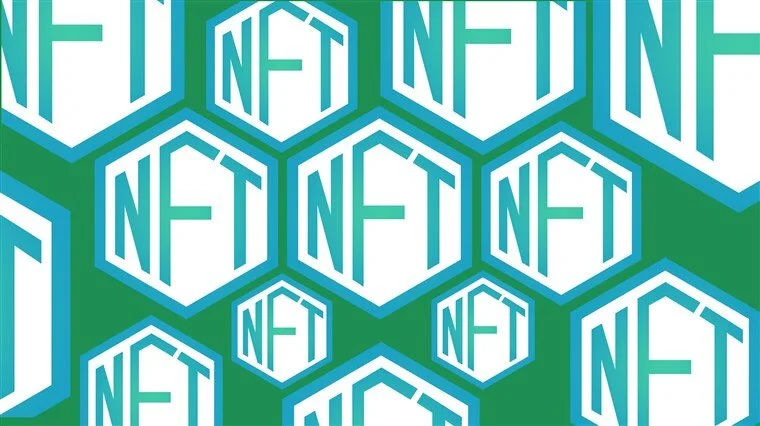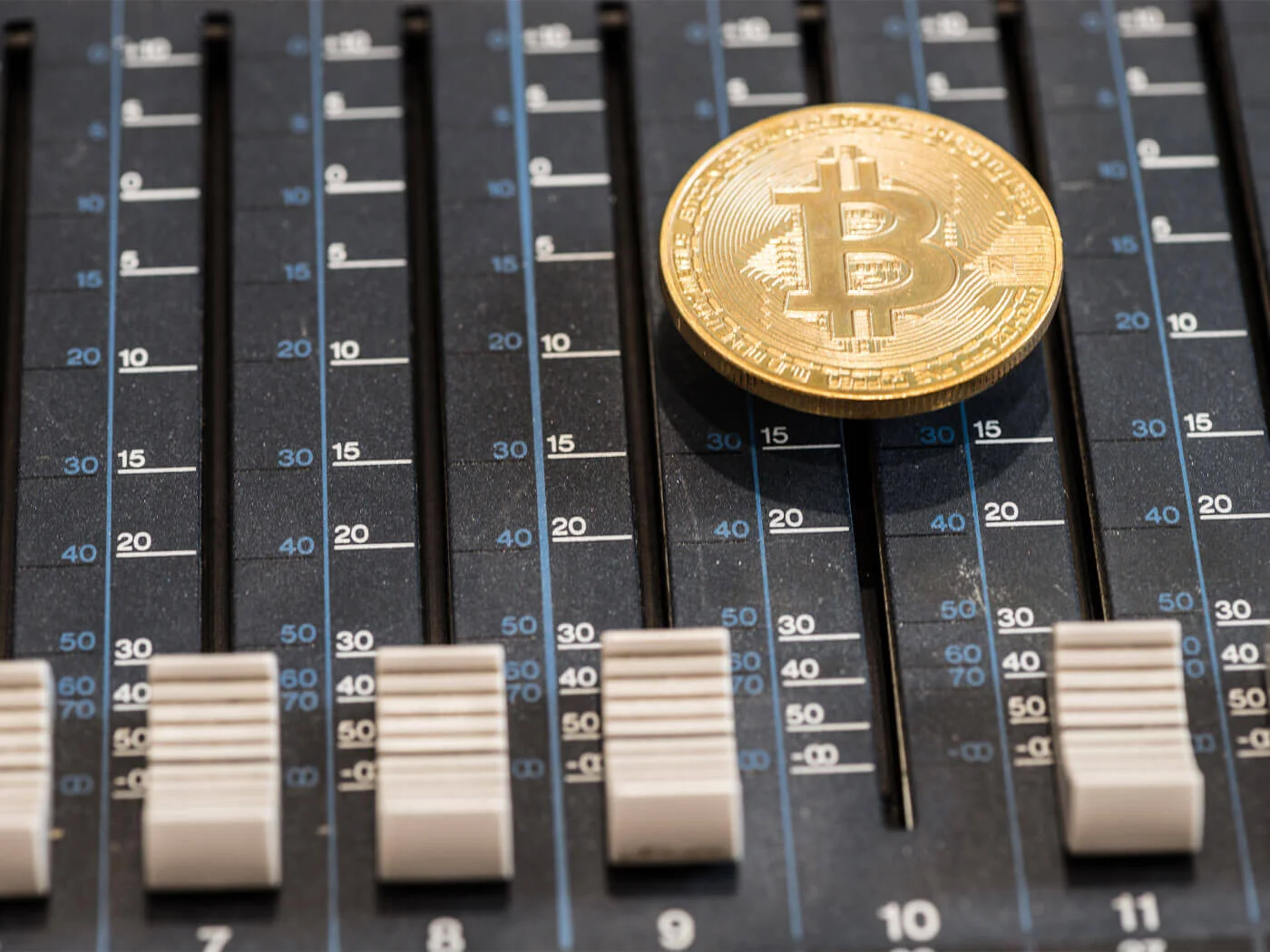The Future of Music: Non-Fungbile Tokens
By Ben Broyd @bendoesblogs
Those who are well informed within the crypto sphere will know that the Ethereum economy has long been seen as the potential solution to the music industry’s problems. The traditional model of music releases is fuelled with intermediaries, and often, with artists being paid last in a long line of executives and other mediators looking to take a cut. With artists being the face of the music, yet only taking home a fraction of the cut, perhaps it was always only natural that they would progress to alternative mediums to distribute their commodities.
In this instance, music has progressed into a well-advanced, utopian state of distribution in the form of NFTs (Non-Fungible Tokens). NFTs are a form of cryptocurrency asset, that empowers creators by allowing them to sell their work in exchange for instant cryptocurrency payments. The majority of cryptocurrencies are fungible tokens, which means you can exchange them for other cryptocurrencies or spend them on goods much like a physical currency that we use in day-to-day life.
The trading of NFTs first caught on in the digital art world, but senses were immediately alerted within the music industry. In the days of CDs and vinyl, the value of music was largely fixated around the asking price and would usually decrease over time, especially if you ever actually unpackaged and played them. Moreover, similarly to the way in which the value of Ethereum, and the wider crypto market naturally rises and falls, the value of NFTs is expected to fluctuate similarly. Essentially, the minted album will resemble something akin to a futuristic, personal, sonic investment.
Various artists have already been capitalising on the new format, with Daft Punk issuing several collectible NFTs on the platform before announcing they broke up.
Meanwhile, Grimes (girlfriend of crypto-king Elon Musk) sold 10 art pieces, one for almost $400,000, while the secondary market for the works brought in $2.5 million. Whereas over in the UK, artist Big Zuu is currently selling 75% of the rights to a song on his forthcoming album, which will be divided into several chunks and wrapped into NFTs. According to Lee Parsons, co-founder, and CEO of Ditto Music, this is only the beginning. “What we’ve created here is ultimately a way for thousands of fans to invest in music as an asset.” stated Parsons. He continues to explain: “If fans are paying millions to own an exclusive copy of the music. We expect you’ll see more tokenized assets like properties entering the market soon. Realistically, you will soon be able to trade your music copyright NFT - so long as it’s worth enough - for a piece of property. That eventual reality is a lot closer than people think.”
However, despite the artists themselves benefitting hugely from NFTs, there are certain concerns that come with such an advanced format of music trading. The cost to mint an NFT starts at a minimum of $70, meaning the initial price of the token would start somewhere in the region of $100. The increase in the price is due to the online sales platform taking their cut of anywhere between 3 and 15% of the transaction for the initial sale, with a 10% fee being typical for secondary sales. There are also certain copyright concerns that have emerged through the rise of NFT sales. For example, how are royalties calculated, and who is correctly dispersing payments to collaborators? While the artists hugely benefit from the sale, how are co-writers, publishers, and producers correctly compensated for contributing to the project? These are complex issues that need resolving, and failure to do so will see trading of NFTs in the music industry come to a halt due to the insufficient dispersion of payments.
“What we’ve created here is ultimately a way for thousands of fans to invest in music as an asset.”
Outside of the financial concerns, the impact Blockchain poses on the environment is also extremely harmful. Bitcoin ‘mining’ already generates 38 million tons of CO2 per year. To put that into context, that is more than the entire carbon footprint of Wales. However, there are already solutions being put in place to resolve these issues. Instead of having to pay huge amounts of electricity to enter the crypto game, instead owners will have to lock up some of their own cryptocurrency tokens in the network to prove they own a stake. If they get caught carrying out any ineligible activity, they will be penalized by losing said tokens, which in turn gets rid of the need for computers to solve complex puzzles, relieving the process of all unnecessary emissions. Michel Rauchs, a research affiliate at the Cambridge Centre for Alternative Finance explains: “It would essentially mean that Ethereum’s electricity consumption will literally over a day, or overnight, drop to almost zero.”
With the environmental concerns being closely monitored, and the emission/electricity consumption eventually being reduced to a minimal amount, the only concern left is that the money received by the artists through NFT transactions is correctly dispersed to all those involved in the creation of the music. Ultimately, should this issue resolve itself, there are very few downsides to the future of NFTs, and the further introduction will only advance and enhance the music industry. This is indeed the music of the future, but it remains to be seen how far the NFT industry is capable of going.





